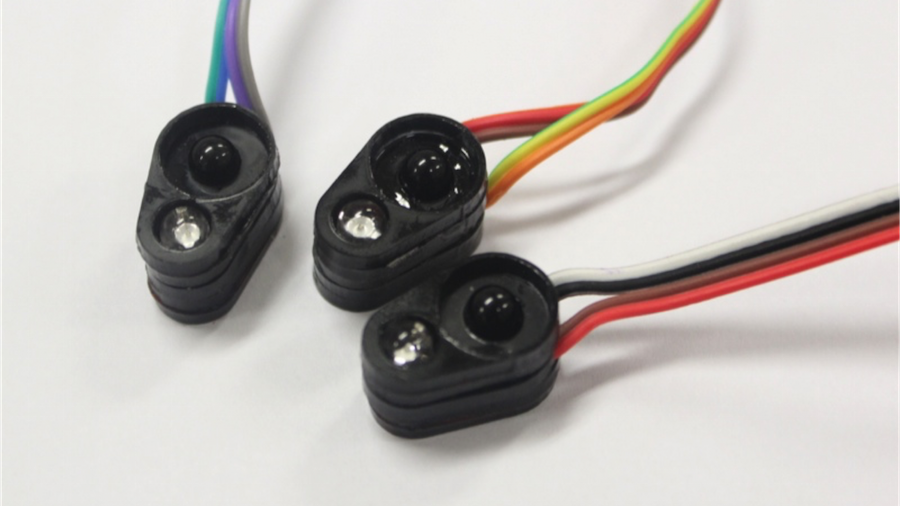zSense
zSense provides greater input expressivity for smart wearables through a shallow depth gesture recognition system using non-focused infrared sensors. To achieve this, we introduce a novel Non-linear Spatial Sampling (NSS) technique that significantly cuts down the number of required infrared sensors and emitters. These can be arranged in many different configurations; for example, number of sensor emitter units can be as minimal as one sensor and two emitters. We implemented different configurations of zSense on smart wearables such as smartwatches, smart-glasses and smart rings. These configurations naturally fit into the flat or curved surfaces of such devices, providing a wide scope of zSense enabled application scenarios. Our evaluations reported over 94.8% gesture recognition accuracy across all configurations.




PUBLICATIONS
zSense: Enabling Shallow Depth Gesture Recognition for Greater Input Expressivity on Smart Wearables
Withana, A., Peiris, R., Samarasekara, N. and Nanayakkara, S.C., 2015, April. zsense: Enabling shallow depth gesture recognition for greater input expressivity on smart wearables. In Proceedings of the 33rd Annual ACM Conference on Human Factors in Computing Systems (pp. 3661-3670).